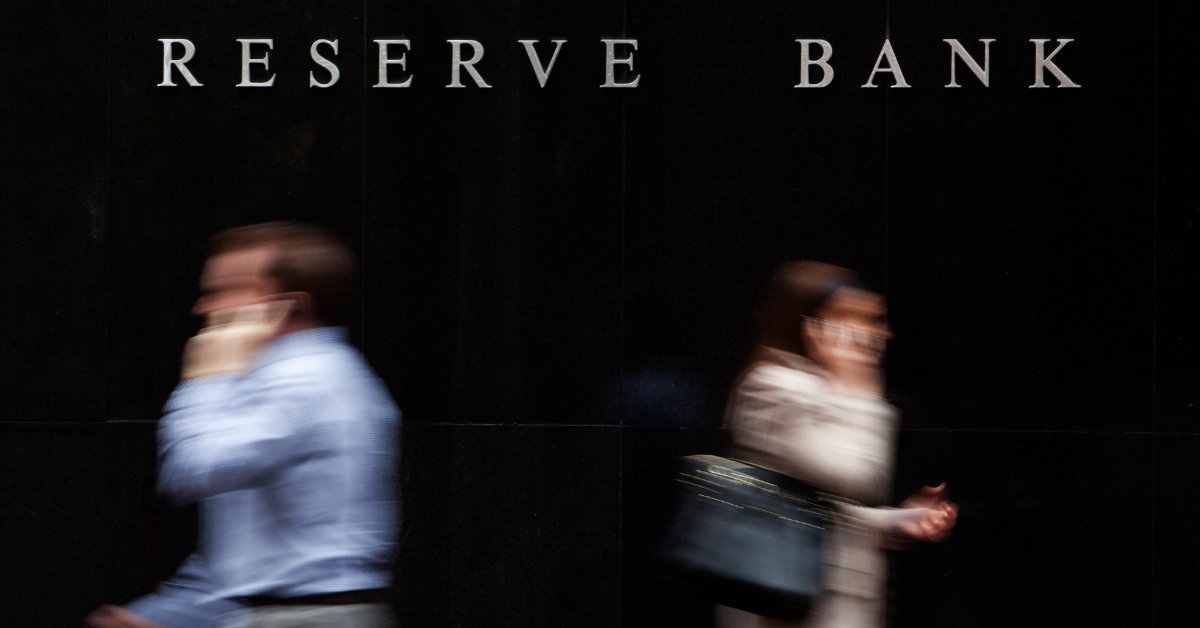

Interest rates and the role of the RBA
The Reserve Bank of Australia raised interest rates in July by 0.5 percentage points, making the new cash rate 1.35 per cent. The RBA is raising rates in a bid to slow down, hopefully not stop, household spending. This, in turn, hopefully, slows down inflation.
While we understand banks charge interest on their home loans, exactly what determines the rate? Should we be worried that interest rates will continue to rise in the years ahead?For most people, it's all a bit of a puzzle.
Traditionally, the Reserve Bank of Australia (RBA) is tasked with the responsibility of setting interest rates. It does this at monthly board meetings by determining the so-called cash rate, or the price the big retail banks pay to borrow money in the overnight cash markets.
This is part of a complex mechanism the Reserve Bank uses to control the level of cash or liquidity in the banking system. Doing so directly impacts the rate of interest charged by banks, not just on home loans but also on every product they sell.
This is a critical lever the Reserve Bank uses to regulate economic activity.
If the economy is trading too strongly, as indicated by a sharp upturn in property prices or a jump in the inflation rate, the RBA can use the cash rate to reduce liquidity, increase interest rates, and slow activity.
Regulating the economy is as much an art as it is a science, with market analysts studying the RBA's monthly board meeting minutes to gain a sense of the bank's attitude toward interest rates.
To emphasise this point, in a press conference following this rate rise, the Reserve Bank boss of the time, Phil Lowe, noted it 'was not unreasonable to expect' the cash rate to climb as high as 2.5 per cent in the near future. Under such a scenario, a family with a million-dollar mortgage would likely have to pay more than $1,000 a month more than when interest rates were at an all-time low.
This statement sent a shudder through the money markets. Suddenly, the media was full of stories speculating that interest rates could climb much higher as part of the RBA's determination to lower inflation and cool local economic activity.
However, just the talk of higher interest rates can achieve the desired impact on economic activity. And this in itself can reduce the need for rate increases and, with that, lower how high rates need to rise.
The situation is complex.
Many Australians are highly geared; they have taken out substantial home loans believing record low-interest rates would remain for years. Therefore, even a small rate hike can significantly impact the cost of their mortgage.
The COVID-19 pandemic encouraged Australians to save, with Market Economics estimating an extra $50 billion was contributed to home loans during this time. On average, home buyers were then 45 months ahead of their repayments.
While this was good news, it would then deaden the impact of any RBA rate rise as home buyers could effectively use the equity built up in their home loans to offset the higher bank charges.
The RBA's integral role in regulating economic activity and the impact each of its decisions has on our own finances can be quite confusing. However, understanding a little about the mechanisms behind each cash rate adjustment can ease uncertainty about future interest rate fluctuations and help us all feel more comfortable in our own financial positions.
WLM can help
Don’t have a plan? WLM is here to help you to secure your financial future. If you’d like help with setting your financial goals or any further information, please contact us today.
The material and contents provided in this publication are informative in nature only. It is not intended to be advice and you should not act specifically on the basis of this information alone. If expert assistance is required, professional advice should be obtained


